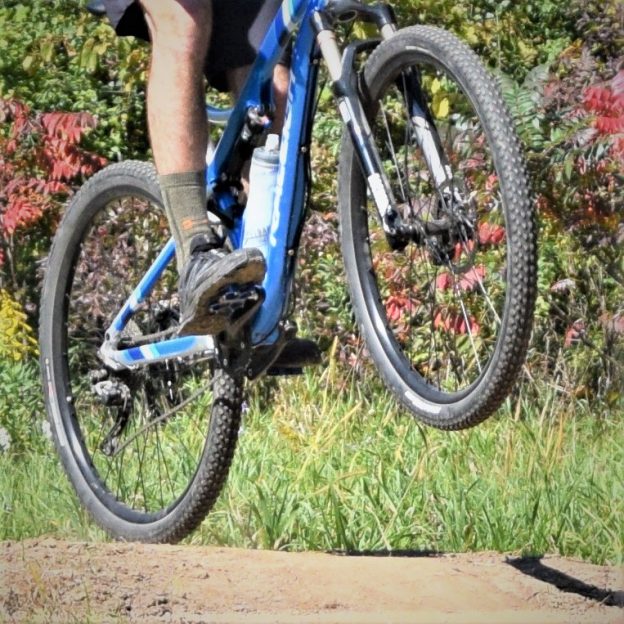Tag: learning to use cliless
-

A simple 1-2-3 guide to using clipless pedals and shoes
If you want to be more efficient on your bicycle, few things are as effective as the combination of clip-in pedals and cycling shoes. Additionally, clipless pedals add to overall bike comfort. Read on to see how easy it is to learn to ride “clipless”.
